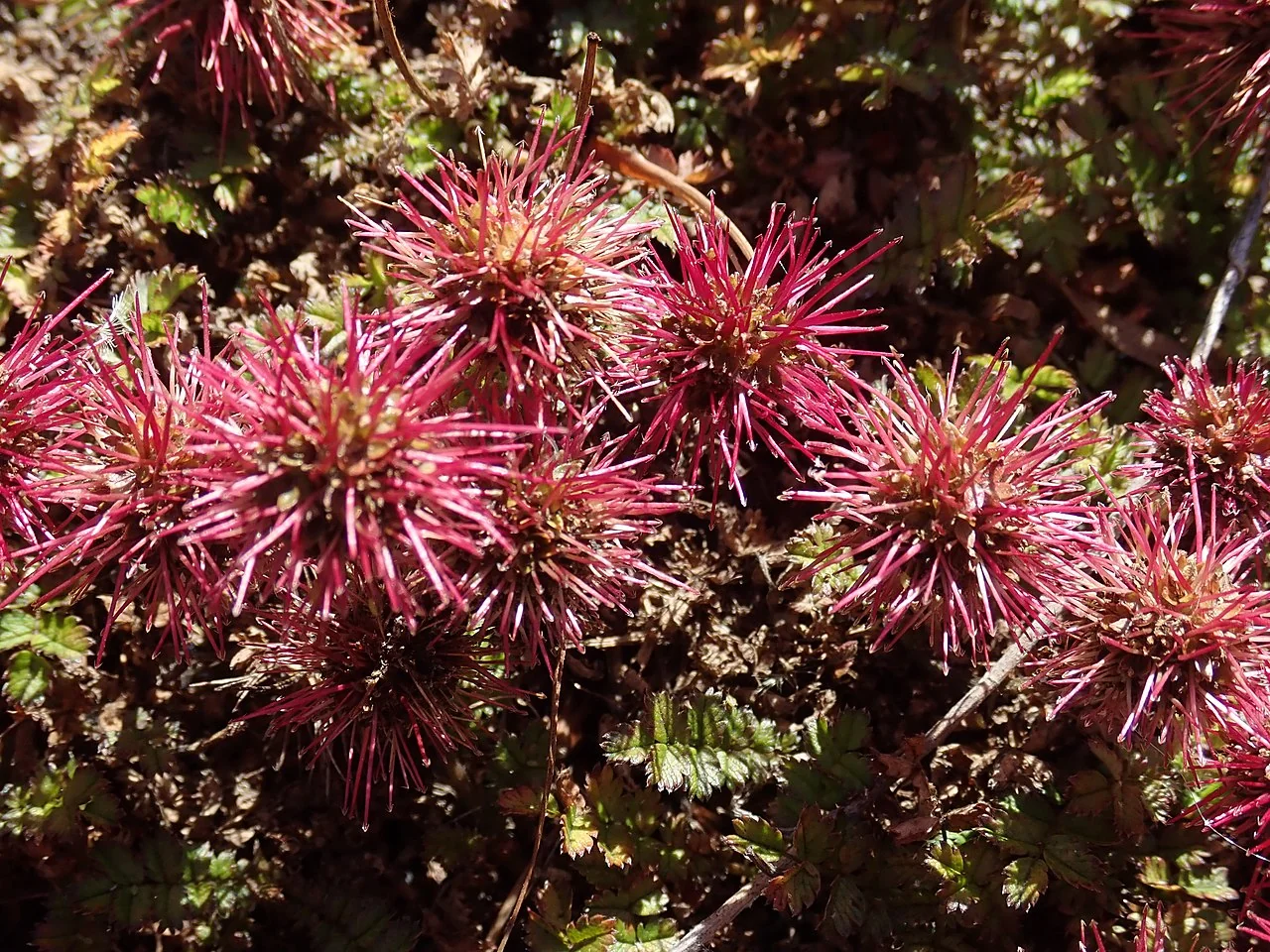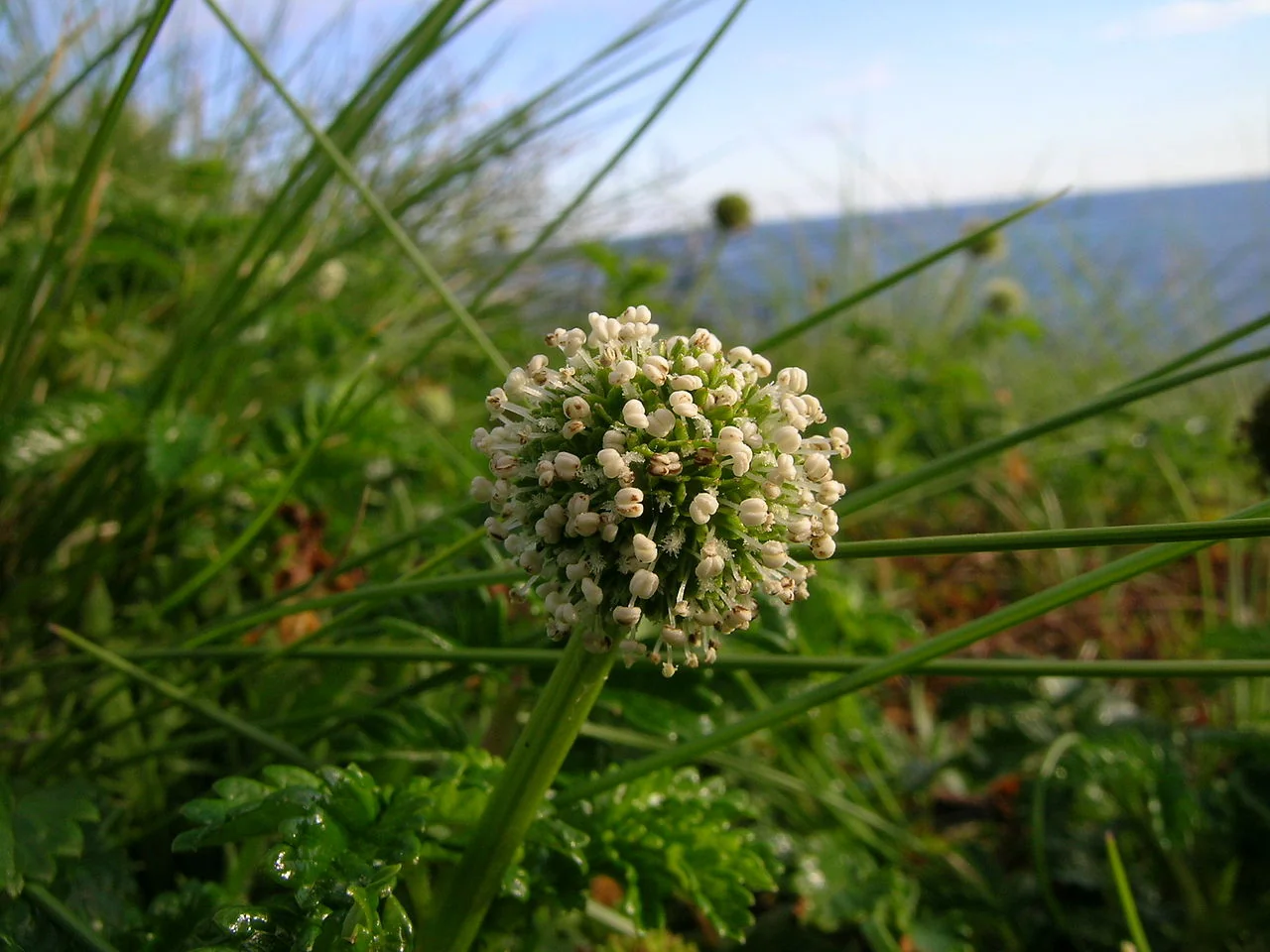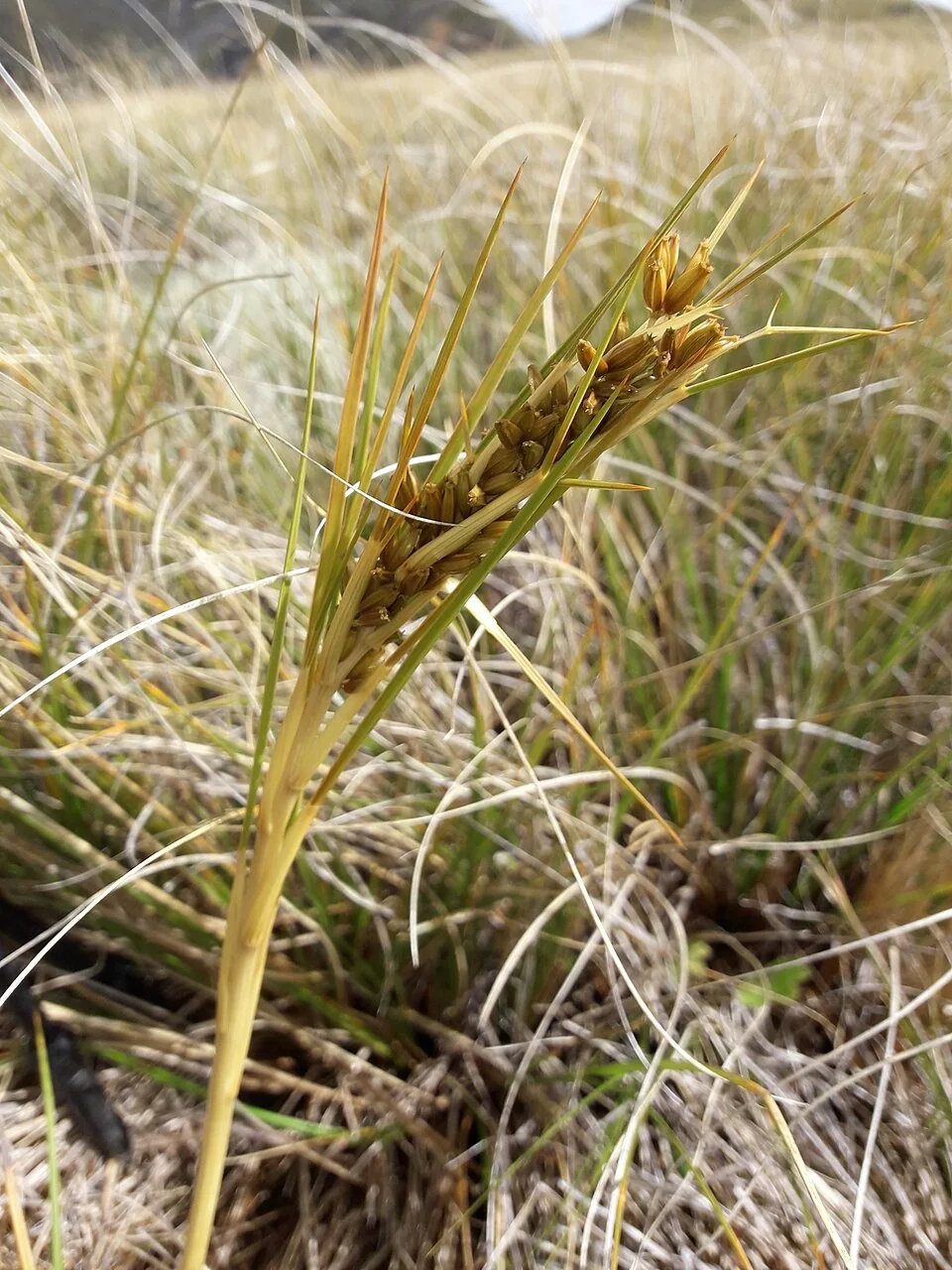
Smooth Willow Herb
Epilobium glabellum
Explore more NZ native plant guides in our index .
Introduction
About Smooth Willow Herb
Epilobium glabellum , commonly known as Smooth Willow Herb or Glaucous Willowherb, is a charming native perennial herb found throughout New Zealand's diverse habitats. This compact, bushy plant forms attractive clumps of small, delicate foliage topped with clusters of white or pale pink four-petalled flowers from spring through summer. Distinguished by its smooth, somewhat succulent leaves and sprawling growth habit, this hardy willowherb adapts readily to both garden cultivation and restoration projects, making it valuable for native groundcover applications.

Plant Description
Botanical Features
Epilobium glabellum , commonly known as Smooth Willow Herb or Glaucous Willowherb, is a charming native perennial herb found throughout New Zealand's diverse habitats. It typically grows as a small bush or in mats, reaching about 0.2 to 0.4 meters in height. The plant features stems that can be hairy, though its capsules and floral tubes are glabrous (hairless). Its leaves are narrowly ovate to elliptic-oblong, close-set, and often overlapping, appearing bright, glossy green, sometimes with a red tint, and are obscurely toothed. It produces cup-shaped flowers that are about 1 cm in diameter and can be white, pink, or purple after pollination. These flowers appear in terminal spikes and bloom from spring through summer. This species is found in a wide range of habitats in New Zealand, from lowland to high-alpine regions, including stony ground near glaciers, grasslands, herbfields, and river terraces. It is an early colonizer of screefields and can adapt to various temperate zones.
Quick Facts
Overview
| Scientific Name | Epilobium Glabellum |
|---|---|
| Height | 10-40 cm |
| Spread | 20-50 cm |
| Water Needs | Moderate |
| Light | Full sun to partial shade |
| Frost Tolerance | Good |
| Salt Tolerance | Poor |
| Growth Rate | Moderate |
| Lifespan | Perennial |
Climate Best Suited to
Epilobium glabellum occupies open, often damp habitats from lowland to montane zones. It tolerates cool conditions and periodic drying but grows best with regular moisture and full sun to light shade.
Regional Suitability
| Whangārei | Ideal |
| Auckland | Ideal |
| Hamilton | Suitable |
| Rotorua | Suitable |
| Tauranga | Ideal |
| Gisborne | Ideal |
| New Plymouth | Ideal |
| Whanganui | Ideal |
| Palmerston North | Suitable |
| Napier | Ideal |
| Wellington | Ideal |
| Nelson | Ideal |
| Christchurch | Suitable |
| Dunedin | Suitable |
| Invercargill | Suitable |
| City | Climate Suitability |
|---|
Natural Habitat
Epilobium glabellum has been reported to have different natural habitats across various sources.
In New Zealand:
- It is native to New Zealand, where it is endemic.
- It can be found on stony ground at high altitudes near glaciers and is an early colonizer of screefields.
- It prefers well-drained but moisture-retentive soil in sunny or partially shaded positions.
In Australia:
- Some sources suggest its natural habitat includes eastern Australia, where it grows in loamy soils, flats, and hillsides.
In North America:
- Additionally, some information points to Epilobium glabellum being native to western North America, specifically from British Columbia to California. In this region, it grows in moist mountain habitats such as meadows, streambanks, ditches, and other wet areas.
Plant Conservation
Epilobium glabellum , also known as willowherb, is a species of flowering plant endemic to New Zealand.
Its current conservation status, as of 2017, is "Not Threatened" according to the New Zealand Threat Classification System (NZTCS). This status has been consistent in previous assessments in 2004, 2009, and 2012. Regionally, in Otago, it was also classified as "Regionally Not Threatened" in 2024.
Growing Requirements
Soil Requirements
Light, free-draining soils with consistent moisture. Tolerates gravelly or sandy substrates enriched with organic matter. Avoid heavy, waterlogged clays.
- Moist, free-draining loams or gravels
- Topdress with compost to sustain flowering
Light Requirements
Full sun to light shade. Excess shade reduces flowering.
- Full sun promotes compact habit
- Light shade tolerated in hotter districts
Water Requirements
Keep evenly moist, especially through spring-summer. Avoid chronic drought to maintain foliage quality.
- Regular watering in dry spells
- Mulch to retain moisture
Planting Guide
Epilobium glabellum , also known as smooth-leaved willowherb or New Zealand willowherb, is an evergreen perennial native to New Zealand and parts of western North America. It typically grows to about 0.2 to 0.4 meters (8 inches to 1.3 feet) tall and wide, forming a mat or small bush with reddish stems and glossy green, oval leaves that can sometimes be tinted bronze. It produces white, pink, or pale yellow flowers from spring through summer, attracting bees.
1. Growing Conditions:
- Sunlight: Epilobium glabellum thrives in full sun to partial shade. It can also grow in semi-shade or light woodland.
- Soil: This plant prefers well-drained but moisture-retentive soil. It can succeed in various soil types, including light (sandy), medium (loamy), and heavy (clay) soils. A soil pH between 6.0 and 7.0 is ideal. It can also tolerate stony or dry soil, which can yield good results.
- Hardiness: Epilobium glabellum is hardy to UK zone 8, possibly tolerating temperatures down to about -15°C. It is considered hardy through most of the UK.
- Watering: It prefers consistently moist soil and is sensitive to drought, so maintaining soil moisture without waterlogging is crucial.
2. Planting:
-
Propagation:
- Seeds: Sow seeds in early spring in situ or as soon as they are ripe. For effective growth, use well-draining soil and maintain consistent moisture. Starting seeds indoors under controlled conditions before the last frost can enhance germination. Gently press seeds into the soil surface as they require light to germinate. Germination typically takes two to four weeks. Cold stratification for four weeks can help speed up germination.
- Division: Divide plants in spring or autumn. Larger clumps can be replanted directly, while smaller clumps benefit from being potted and grown in a cold frame until well-rooted before planting out in spring.
- Cuttings: Propagate by cuttings from sideshoots in spring or softwood cuttings in spring. Cuttings can also be taken in spring or early summer.
- Timing: Transplanting is best done from early to late spring or late fall.
- Spacing: When transplanting, space plants 12 to 24 inches (30 to 60 cm) apart.
3. Care:
- Pruning: No pruning is required unless the plant becomes untidy. Pruning in late spring and throughout summer can encourage new growth and denser flowering. Remove faded flowers and trim vigorous shoots to shape the plant and promote healthier growth. Deadhead spent flowers if you want to prevent rapid spreading.
- Pests and Diseases: Epilobium glabellum may be susceptible to slugs, snails, rust diseases, and powdery mildews.
- General Maintenance: Once established, Epilobium glabellum doesn't require a lot of care. It can go dormant in excessive heat or cold, and gardeners can cut them back if they become rangy.
4. Uses:
Epilobium glabellum is suitable for city and courtyard gardens, cottage and informal gardens, low-maintenance areas, flower borders and beds, and garden edging. It makes good groundcover and can be grown in rock gardens if planted in moist soil. It also attracts bees.
Ecological Role
Environmental Benefits
Epilobium glabellum , a species of willowherb endemic to New Zealand, plays several ecological roles, particularly as a pioneer species. It is an early colonizer of screefields and can establish itself on stony ground at high altitudes near glaciers.
- Pioneer Species: Like other members of the Epilobium genus, Epilobium glabellum is a pioneer plant, meaning it is one of the first species to colonize disturbed or barren land. This contributes to ecological succession and the recovery of ecosystems.
- Habitat: It grows as a small bush or in mats, with multiple stems originating from a single taproot.
- Seed Dispersal: The plant's minute, pappate seeds are efficiently dispersed by wind, capable of traveling up to 50 km, which aids in its rapid colonization of new areas.
- Pollinator Support: While not specifically detailed for E. glabellum, the Epilobium genus generally attracts various pollinators, such as bees and butterflies, through its distinctive flowers and nectar, thereby supporting local biodiversity.
- Food Source: Other Epilobium species serve as food plants for the caterpillars of certain Lepidoptera species, including Geometridae, Noctūīdae, and Sphingidae.
Uses and Significance
Small willowherbs offer nectar and pollen for native insects and provide quick groundcover on disturbed soils, contributing to early succession.
Garden Uses
Cultural Significance
While specific cultural significance for Epilobium glabellum is not extensively documented, the genus Epilobium, commonly known as willowherb or fireweed, holds various cultural and traditional significances across different regions.
Key Cultural Aspects of the Epilobium Genus Include:
- Nomenclature and Folklore: The plant is known by several cultural names, reflecting its characteristics and uses. The name "fireweed" stems from its remarkable ability to quickly colonize areas after forest fires, making it a pioneer species in ecological recovery.
- Traditional Medicine: Various Epilobium species have been utilized in traditional medicine. They are used as herbal supplements for treating prostate, bladder, and hormone disorders. The sap from the stem is also applied to wounds for its anti-inflammatory properties.
- Edibility: The plant offers edible spring shoots. In northwestern North America, fireweed is used as a sweetener in various foods such as candies, jellies, ice cream, and syrup. Bees also produce a rich, spicy honey from its nectar.
Epilobium glabellum itself is a species endemic to New Zealand, characterized by its small bush or mat-like growth, red-tinged glossy oval leaves, and white, pink, or purple flowers. While it is a member of the culturally significant Epilobium genus, specific cultural uses or folklore directly attributed to Epilobium glabellum are not detailed in available information.
Landscaping Uses
Epilobium glabellum , also known as smooth-leaved willowherb or smooth fireweed, is a versatile plant with several landscaping uses, primarily valued for its ornamental qualities and ability to serve as ground cover.
Key Landscaping Applications Include:
- Ground Cover: It is an effective mat-forming, semi-evergreen perennial that can be used to cover ground, reaching an ultimate height and spread of 0.1-0.5 meters.
- Garden Edging and Borders: Epilobium glabellum is suitable for garden edging and can be incorporated into flower borders and beds.
- Various Garden Types: It thrives in city and courtyard gardens, cottage and informal gardens, and can also be successfully grown in rock gardens, provided the soil is moist.
- Low Maintenance: This plant is considered low maintenance, making it a good choice for gardeners seeking easy-care options.
- Attracting Pollinators: Its white to pink flowers, which bloom from spring to summer, are nectar-rich and attract pollinators such as bees and butterflies, contributing to garden biodiversity.
- Moist and Shady Areas: Epilobium glabellum prefers cool, moist, and shady positions with moist, well-drained soil, reflecting its natural habitat in moist mountain areas, meadows, and streambanks.
While generally beneficial, some Epilobium species can spread aggressively, so monitoring may be necessary to prevent them from overtaking other plants in a garden setting.
Seasonal Care Calendar
Spring
Feed with light compost; water to support budding and early flowering.
Summer
Deadhead lightly to prolong bloom; maintain even moisture.
Autumn
Cut back spent stems; top up mulch.
Winter
Minimal care; avoid waterlogging.
Pruning and Maintenance
Techniques and Timing
Shear lightly after main flowering flush to maintain compact growth and encourage dense, bushy development. Remove any diseased or overly sprawling stems that detract from the plant's neat appearance. This native willowherb responds well to light pruning, which helps control its naturally spreading habit while promoting renewed flowering. Cut back approximately one-third of the plant height after peak bloom to stimulate fresh growth and extend the flowering season through autumn months.
How to Grow Smooth Willow Herb
Smooth Willow Herb, also known as Glaucous Willowherb, is a charming and adaptable native perennial herb that adds delicate beauty to rock gardens, borders, and restoration areas. Its compact, bushy growth habit and clusters of white or pale pink flowers make it an excellent choice for groundcover or as an infill plant in native gardens. It is a relatively easy plant to grow, thriving in full sun to partial shade and tolerating a range of soil conditions, provided there is consistent moisture. Understanding its propagation methods is key to successfully growing this delightful species.
From Seed
Propagating Smooth Willow Herb from seed is a straightforward and reliable method. Collect the mature capsules just before they split open to release the tiny, plumed seeds, typically in late summer or autumn. Allow the capsules to dry in a paper bag to collect the seeds. Sow the seeds onto the surface of a fine, moist seed-raising mix, as they require light for germination; do not bury them too deeply. Maintain consistent moisture in the seed tray and provide warm, bright conditions. Germination is usually rapid, typically occurring within 10-14 days when soil temperature reaches 15-20°C. Once seedlings have developed a few true leaves, they can be potted into individual containers and grown in a sheltered location before planting out.
From Division
Established clumps of Smooth Willow Herb can be easily divided in early spring when new growth begins. Carefully dig up the entire clump and gently separate the fibrous root systems into smaller sections using sharp, clean tools. Ensure each division has a healthy portion of roots and several growing shoots. Replant the divisions immediately into well-prepared soil, ensuring they are planted at the same depth as the original plant. Water thoroughly after planting and keep consistently moist until established. This method is excellent for quickly expanding your stock of plants and for rejuvenating older, less vigorous clumps.
From Cuttings
Smooth Willow Herb can also be propagated from softwood cuttings taken in late spring or early summer. Take 5-8cm tip cuttings from healthy, non-flowering shoots. Remove the lower leaves and dip the cut end in a rooting hormone. Plant the cuttings into a well-draining propagation mix, such as a blend of perlite and peat. Maintain high humidity around the cuttings, perhaps by placing them under a plastic dome or in a propagator, and ensure consistent moisture in the cutting mix. Rooting usually occurs within a few weeks. Once rooted, the new plants can be potted on and grown in a sheltered environment until they are ready for planting.
Pests and Diseases
Common Problems and Solutions
While specific pests and diseases for Epilobium glabellum are not extensively detailed, the genus Epilobium is known to be a food source for the caterpillars of certain Lepidoptera species, including those from the families Geometridae, Noctūīdae, and Sphingidae.
Epilobium glabellum , also known as Smooth Willowherb, is a perennial flowering plant native to western North America and New Zealand, typically found in moist mountain habitats. It is sometimes cultivated as an ornamental plant and has traditional medicinal uses.
Bonus Tip
Expert Growing Advice
Epilobium glabellum , the Smooth Willow Herb, is a surprisingly variable plant in the wild! It can appear as small, compact plants (forma minor) or larger, more robust ones (forma major), with three distinct forms thought to have evolved for specific habitat usage. Its name "glabellum" is Latin for 'glabrous' or 'hairless', referring to its smooth capsules and floral tubes. And despite its delicate appearance, its tiny, plumed seeds are incredibly efficiently dispersed by wind, capable of traveling up to 50 km - a true testament to its pioneering spirit!







